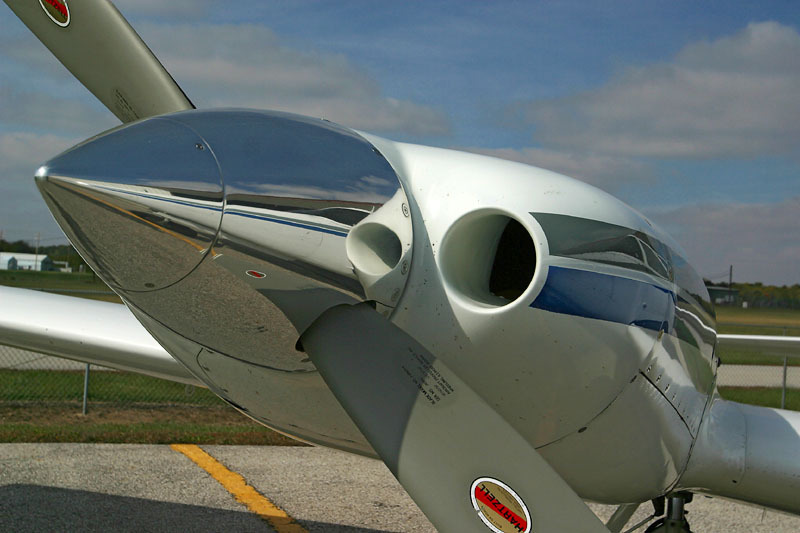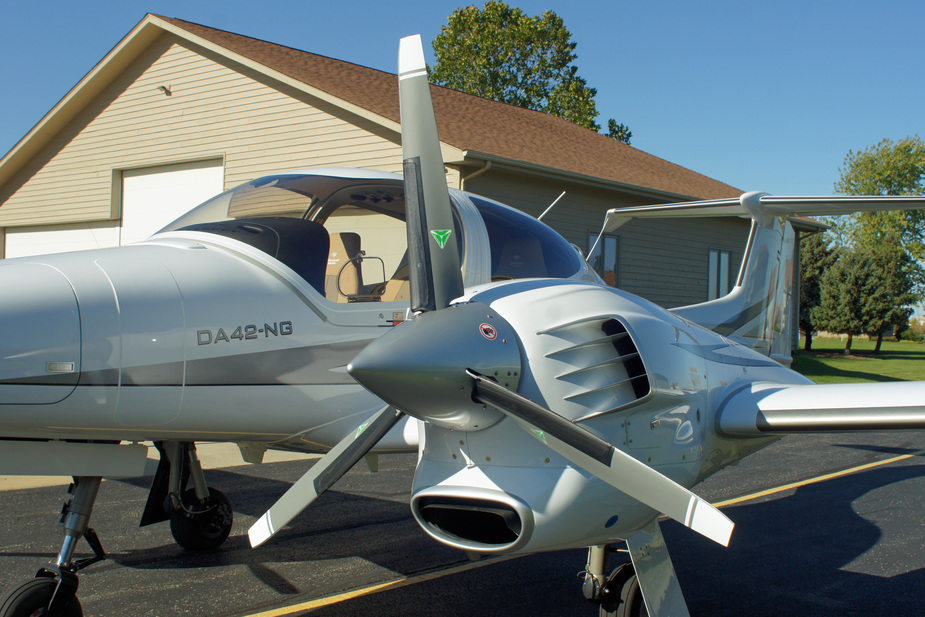Silvaire wrote:
And the reason for potentially increased cooling drag, in spite of higher engine efficiency, is that the fluid from which you are rejecting heat (the coolant and the radiator fins touching it) is at lower temperature than the fins of an air cooled engine. Therefore you need more surface area to reject the heat to the air.
This was solved in the P-51 70 years ago.
Shush. Documented results in a wind tunnel can’t beat acquired internet wisdom.
AdamFrisch wrote:
I actually think electric or hybrid/electric will develop faster than diesel.
So do I. But who knows, it only takes one aircraft with the “right” diesel and things are turned around.
LeSving wrote:
This was solved in the P-51 70 years ago
So the story goes. I can’t recall North American’s solution being used on any other aircraft.
There is the potential for an aerodynamic trade-off between additional cooling drag associated with the radiator of a water cooled engine and the water cooled engine itself having higher power density and smaller cowlings. In GA, and at GA speeds, the radiator has always seemed to be the bigger problem: compare Lopresti Twin Comanche and DA42 engine installations for a graphic illustration:


USFlyer wrote:
The ‘new’ aviation substitute for 100LL may be an unleaded fuel that is cheaper…but most think it will be more expensive.
There has been unleaded AVGAS in (parts of) Europe for many years: 91UL. Most normally aspirated GA piston engines can use it. It is about 10% cheaper than 100LL.
Airborne_Again wrote:
There has been unleaded AVGAS in (parts of) Europe for many years: 91UL. Most normally aspirated GA piston engines can use it. It is about 10% cheaper than 100LL.
I know and Europe has it right. Sadly, the USA are hypocrites when it comes to leaded aviation fuel. There is no 91 UL on US airfields. I built a fuel trailer and fed my Flight Design mogas the entire time I have owned it…the engine smiles, but it requires special effort.
The report Transitions to Alternative Vehicles and Fuels, by National Academy of Sciences did not consider diesel engines in their study, because the efficiency advantage of the diesel will be much smaller in the future as gasoline engines improve. Current diesels have a much higher level of technology than gasoline engines in order to address diesel drivability, noise, smell, and emission concerns, such as direct fuel injection, sophisticated turbocharging systems using variable geometry or dual turbochargers, and cooled EGR systems. As this same level of technology is added to the gasoline engine, the efficiency advantage of the diesel will be much smaller. Another consideration is that combustion technology by 2050 may blur, if not completely eliminate, the distinction between diesel and gasoline engine combustion. For example, diesel engines are reducing compression ratio in order to increase turbocharger boost and reduce emissions, while gasoline engines are increasing compression ratio due to improvements in combustion chamber design, increasing use of variable valve timing, and better control of EGR.
Engines like this simply do not exist in aviation.
A lot of this discussion (350 HP Diesels that maintain power to FL250, direct injection gasoline engines etc.) is about engines that simply do not exist in aviation.
They all non-exist in very interesting and exciting ways, granted, but they don’t. Something running in ground runs or mounted on a single aircraft with no prospect of certification, etc. does not count.
Any viable new certified engine (not modification of an existing one that can be retrofited at low cost) needs a launch customer that gets it mounted on a current-production aircraft built in hundreds over a few years. That means Cirrus, Cessna, Diamond, Piper putting it on an established airframe to get immediate market share or a new development with deep pockets and high risk.
The reasons these engines don’t exist are economical, not technical.
North American’s solution hasn’t been used probably because it was the last significant piston aircraft to see significant R&D spending.
Thank you for mentioning the TwinCom as an example of aerodynamics and frugality. It cruises at 160 knots WOT on 18gph whereas the slower aeridynamically impeded DA 42 NG will do 175 knots on 60% power and 10gph total.
But yeah, the TwinCom looks pretty.
Shorrick_Mk2 wrote:
the slower aeridynamically impeded DA 42 NG will do 175 knots on 60% power and 10gph total.
I wish.
The best you can hope for is 175 KTAS at 18.000 feet at 80% power which is all the remaining power at that altitude.